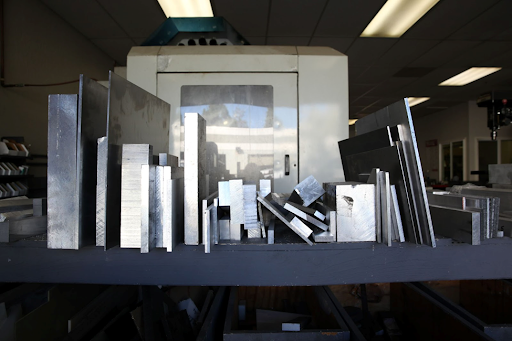About the material
932 Bearing Bronze is a high strength alloy with good wear and corrosion resistance due to its tin, iron, and zinc content. It is most commonly used for bearings, bushings, and thrust washers. 932 Bronze is not heat treatable.

CNC Machining Materials
Processes
Lead Time
Finish Options
Tolerance
Price
Applications
932 Bearing Bronze is a high strength alloy with good wear and corrosion resistance due to its tin, iron, and zinc content. It is most commonly used for bearings, bushings, and thrust washers. 932 Bronze is not heat treatable.
932 Bronze
Yield Strength (tensile)
Elongation at Break
Hardness
Density
Maximum Temp
McMaster Part Number
932 Bronze has a shiny reddish-brown finish (slightly darker than Copper), which will vary slightly based on the specified surface finish. 932 Bronze can be polished or media-blasted to change its cosmetic appearance.
Min Wall Thickness
Min End Mill Size
Min Drill Size
Max Part Size
Undercuts
Radii : Depth
Cost Saving Tip
To reduce costs, limit the number of part setups, the number of inspection dimensions or tight tolerances, and deep pockets with small radii.
Is Bronze easy to machine?
Bronze has extremely high machinability, with 642 bronze having the highest of all brass and bronze alloys. It’s known for high strength, ductility, thermal conduction, hardness, low friction properties and corrosion resistance. External CNC machining can be performed at relatively fast speeds, whereas slightly slower speeds are recommended for boring or drilling and very slow speeds for reaming.
What are the best grades of bronze for CNC machining?
Different grades of bronze can be used in many industries. 642 bronze is ductile, resistant to corrosion, fatigue, and galling, and has the highest machinability of all brass and bronze alloys. PB1 Phosphor bronze also has good machining qualities and is free machining, yet very tough.
Are coolants necessary for machining bronze?
When CNC machining bronze it can reach high temperatures when drilling and turning so the use of a coolant is recommended.
Learn More
Learn More

